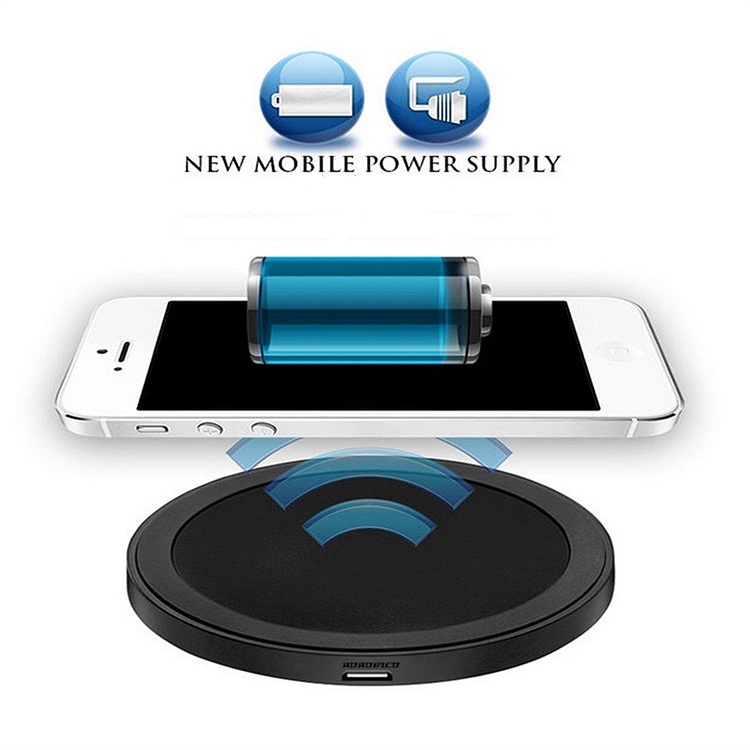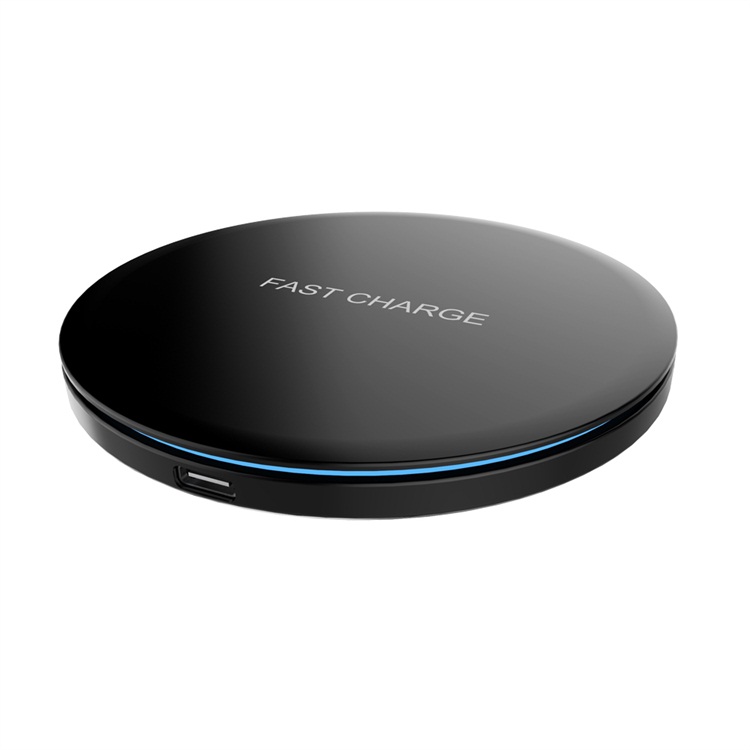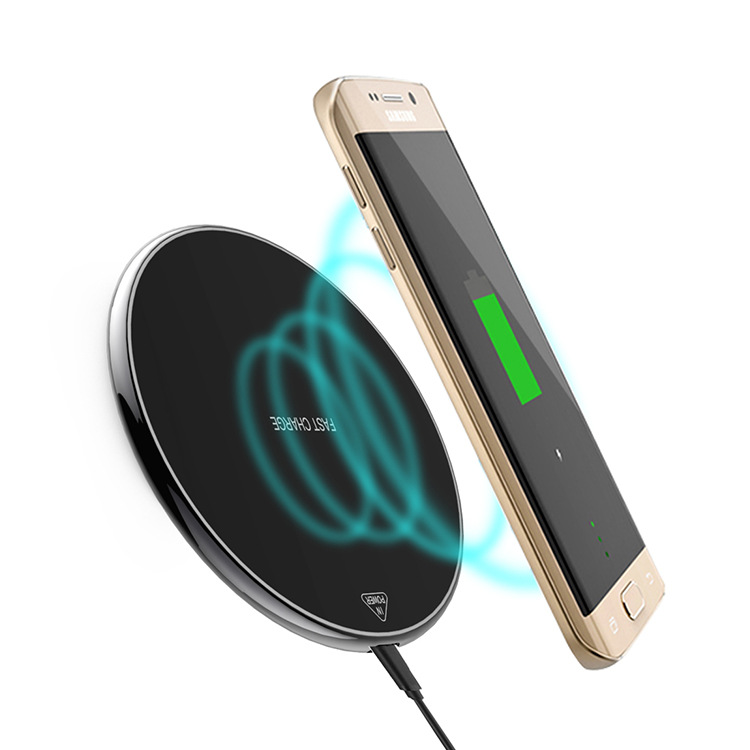There are many types of microcontrollers. The PIC microcontroller is an integrated circuit (IC) used to develop and control peripheral devices. A CPU with decentralized (multitasking) capabilities. Compared with humans, the brain is the CPU, and the part shared by PIC is equivalent to the human nervous system.
PIC microcontrollers have computational functions and memory memory like CPU and are controlled by software. However, processing power is generally limited, and memory capacity is limited, depending on the type of PIC. However, their maximum operating frequency is about 20MHz, and the memory capacity is about 1K-4K bytes for writing programs. The clock frequency is related to the time of the scanner and the time the program instructions are executed. However, the program processing capability cannot be judged only by the clock frequency, and it also changes with the architecture of the processing device. If it is the same architecture, the processing power of the clock frequency will be stronger.
The biggest feature of PIC is that it does not engage in simple function accumulation, but starts from reality, pays attention to the performance and price ratio of products, and develops various models to meet different application requirements.
PIC microcontroller features
Features 1) The biggest feature of PIC is that it does not engage in simple function accumulation, but starts from reality, pays attention to the performance and price ratio of products, and develops various models to meet different application requirements. In reality, different applications have different requirements for microcontroller functions and resources. For example, a motorcycle igniter needs a small single-chip microcomputer with less I/O, small RAM and program storage space, and high reliability. If a 40-pin and powerful single-chip microcomputer is used, the investment is not big, and it is also used. inconvenient. The PIC series has dozens of models from low to high to meet a variety of needs. Among them, PIC12C508 microcontroller has only 8 pins, which is the world's smallest single-chip microcomputer.
2) Streamlined instructions make their execution efficiency much better. The PIC family of 8-bit CMOS microcontrollers has a unique RISC architecture, a Harvard bus structure with separate data bus and instruction bus, which allows the instruction to have a single word length and allows the number of bits of the instruction code to be more than 8 bits. Compared with the traditional 8-bit single-chip microcomputer with CISC structure, it can achieve 2:1 code compression and increase the speed by 4 times.
3) Zero TIme to market. Using PIC's low-cost OTP chip, the microcontroller can be used to market the product immediately after its application development.
4) PIC has a superior development environment. The real-time performance of the OTP MCU development system is an important indicator. Most of the development systems of the ordinary 51 MCU use high-end models to simulate low-end models, and their real-time performance is not ideal. PIC introduced a new simulation model at the same time as the launch of a new model. All development systems are supported by dedicated emulation chips, and the real-time performance is very good. As far as my personal experience is concerned, there have been no cases where the simulation results are different from the actual operation results.
5) Its pin has anti-transient capability. It can be connected to 220V AC power through the current limiting resistor. It can be directly connected to the relay control circuit without isolation of the optocoupler, which brings great convenience to the application.
6) Complete confidentiality. The PIC protects the code with a secure fuse. The user blows the fuse after burning the code, and others can no longer read it unless the fuse is restored. At present, PIC uses a deep buried fuse process, and the possibility of recovering the fuse is extremely small.
7) The built-in watchdog timer can be used to improve the reliability of program operation.
8) Sleep and low power modes. Although PIC is no longer comparable to the new TI-MSP430 in this respect, it is still adequate for most applications.
PIC microcontroller selection reference
Microchip's PICmicro family of microcontrollers based on Reduced Instruction Set Computing (RISC) is designed for users who require high performance at a low price. The PICmicro family of microcontrollers consists of more than 130 products in a variety of memory configurations, low voltage, low power, small pin and easy to use. A large amount of information is encapsulated in the tiny space of our 8-bit MCU pins. As the design becomes more complex, the code you write can later be easily converted to larger Microchip MCUs with more peripheral resources. All products in the PICmicro MCU family are gap-free transitions and are fully upward compatible in embedded designs. If you already know the microcontroller specifications you need to design your application, you can use Microchip's parametric search engine to search for the appropriate conditions and select the appropriate product. The conditions you need to use during your selection are: program memory size, data RAM, memory type, and package type. If you are not familiar with Microchip's PICmicro MCUs, the following introduction will help you understand. The PICmicro MCU combines high performance, low price, small package size, and the best price/performance ratio. It offers five family of 8-bit microcontrollers to best meet your needs.
PIC12CXXX family: 8-pin 12/14-bit program words
The PIC12CXXX family of products is Microchip's powerful RISC-based PICmicro family of 8-pin DIP and SOIC packages. PIC12CXXX products feature a 12 or 14-bit wide instruction set, 2.5V low operating voltage, small package pins, interrupt handling, deep hardware stack, multi-channel and EEPROM data memory. These smart features are not available in previous products due to price and size.
PIC16C5X family: 12-bit program words
The PIC16C5X family has a full range of basic products to provide you with the most effective price solution. The PIC16C5X products feature a 12-bit wide instruction set and are available in 14, 18, 20 and 28-pin packages. When using SOIC and SSOP packages, the footprint of the product is minimal. Low-voltage OTP MCUs running down to 2.0V make the product an ideal choice for battery-powered applications. In addition, the PIC16HV5XX can run up to 15V when the battery is directly applied.
PIC16CXXX family: 14-bit program words
With the introduction of the new PIC16CXXX family members, Microchip now has a supplier of the highest performance 12-bit analog-to-digital converter capability in the industry. The PIC16CXXX family is available in a range of 18-pin to 68-pin packages, as well as low-level to advanced peripheral integration. The family features a 14-bit wide instruction set, interrupt handling capability and a 8-level hardware deep stack. The PIC16XXX family offers high performance and versatile mid-range applications to match the price competition in today's market.
PIC17CXXX family: 16-bit program words
The PIC17CXXX family extends the high-performance RISC architecture of PICmicro MCUs into 16-bit instruction words, an enhanced instruction set and powerful vector interrupt handling. Powerful queue-based precision on-chip peripheral features provide a wide range of performance for a wide range of applications.
PIC18CXXX family: Enhanced 16-bit program words
The PIC18CXXX family features high performance, CMOS, fully static MCUs with integrated analog and digital (A/D) converters. All PIC18CXXX MCUs use advanced RISC. The PIC18CXXX features enhanced center features, a 32-bit deep stack, and multiple internal and external interrupt sources. The separate instruction and data bus in the Harvard family allows 16-bit wide instruction words and independent 8-bit wide data. The two-level instruction channel allows all instructions to be executed in one cycle, unless the settings in the subroutine must be completed in two cycles. The reduced instruction set has a total of 77 instructions. In addition, a large register set enables the use of structurally innovative MCUs to achieve extremely high performance of 10 MIPS. The special features of the PIC18CXXX family reduce external components to reduce cost, increase system reliability and reduce power consumption. These features include programmable low voltage detection (LVD) and programmable Brown-Out detection (BOD).
We accept Personalized logo Wireless Charger Pad Service. Let our team of experts design and build your very own Wireless charger Pad.All you need to do is send us a photo or sketch, we will then send you a FREE mockup of your design for approval.We are a professional Chinese manufacturer of Wireless charger Pad , and look forward to your cooperation!



China Wireless Charger Pad,Qi Wireless Charger Pad,Fast Wireless Charger Pad,Fast Qi Wireless Charger Pad Manufacturer
Reteck Electronic Co., Ltd. , https://www.reteck.com
